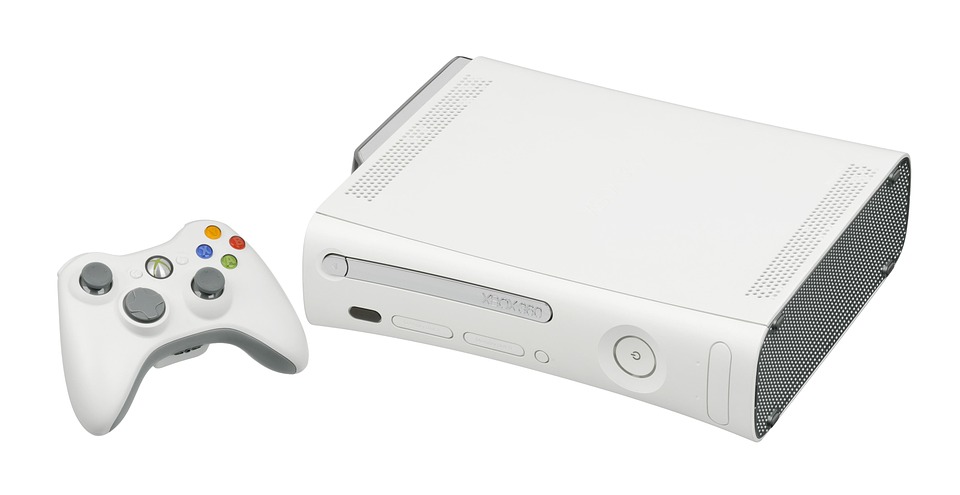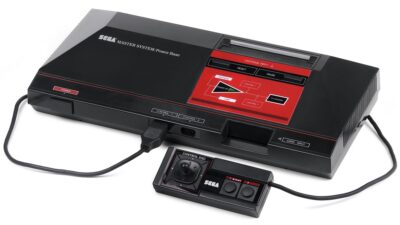The gaming world is undergoing a remarkable transformation, thanks to virtual reality (VR). This innovative technology has transcended traditional gaming experiences, immersing players in fantastical realms where they can interact with digital landscapes as if they were real. As VR gaming continues to evolve, the hardware that supports these experiences plays a pivotal role in shaping how gamers engage with the virtual space. In this article, we will explore the must-have hardware for an optimal VR gaming experience.
1. VR Headsets: The Gateway to New Worlds
At the heart of any VR setup is the headset. This piece of equipment is crucial for immersing players into virtual environments. Here are some of the best options currently available:
-
Meta Quest 2: This standalone headset offers an accessible entry point into VR with a robust library of games and experiences. Its wireless setup provides flexibility, and its affordability makes it a popular choice for beginners.
-
Valve Index: Renowned for its high-quality visuals and superior audio, the Valve Index provides precision tracking thanks to Lighthouse sensors. Its ergonomic design makes it comfortable for extended play sessions, appealing to hardcore gamers.
- HTC Vive Pro 2: Targeting enthusiasts and professionals, the Vive Pro 2 boasts one of the highest resolutions in the market. With excellent tracking and immersive sound, it’s perfect for those looking for a premium experience.
2. Controllers: Bringing the Virtual World to Life
Controllers are essential for interacting with the virtual environment. Modern VR controllers are designed to mimic real-world actions, allowing for an intuitive gaming experience.
-
Oculus Touch Controllers: Specifically designed for the Meta Quest and Rift series, these controllers feature advanced haptics and precise motion tracking, enhancing the sense of realism.
-
Valve Index Controllers (Knuckles): Offering full hand tracking and finger movement recognition, these controllers take interactivity to a new level. They enable players to pick up objects and interact with the environment seamlessly.
- HTC Vive Controllers: While not as advanced as the Index Controllers, HTC’s offering provides solid performance and compatibility with a variety of games, making them a favorite among VR users.
3. Tracking Systems: Enhancing Immersion
Tracking systems are critical for accurately capturing a player’s movements in the physical world and translating them into the VR space.
-
External Sensors: Systems like the Valve Index utilize external sensors (Lighthouse stations) to provide precise tracking. This setup is ideal for larger play areas and more accurate movement detection.
- Inside-Out Tracking: Headsets like the Meta Quest 2 and HTC Vive Cosmos use built-in cameras for tracking, eliminating the need for external sensors. This makes setup simpler and more user-friendly, especially in smaller spaces.
4. High-Performance PCs: Powering the Experience
For those engaging in PC VR gaming, a powerful gaming rig is essential. The hardware must meet demanding specifications to ensure smooth gameplay and stunning visuals.
-
GPUs: High-end graphics cards like the NVIDIA GeForce RTX 3080 or AMD Radeon RX 6800 are recommended for VR gaming. They provide the necessary power for rendering high-resolution graphics and ensuring a frame rate of at least 90 FPS to prevent motion sickness.
-
CPUs: The latest generations of processors, such as Intel Core i7 or AMD Ryzen 7, are crucial for handling the complex processing required in VR environments.
- RAM: A minimum of 16GB of RAM is advisable to ensure smooth multitasking and seamless VR performance.
5. Accessories: Enhancing Comfort and Experience
Lastly, there are several accessories that can enhance the overall VR gaming experience:
-
VR Treadmills: Products like the Virtuix Omni allow players to walk in place, providing an added layer of immersion by enabling movement within the VR space.
-
Haptic Feedback Vests: These devices, such as the bHaptics TactSuit, simulate tactile sensations, allowing players to "feel" in-game actions, from explosions to environmental interactions.
- Comfort Accessories: Foam padding, face covers, and prescription lens adapters can significantly improve comfort during long play sessions, making VR gaming more enjoyable.
Conclusion
As the VR gaming revolution continues to grow, the range of hardware options available is expanding, catering to diverse gaming preferences and budgets. The right headset, controllers, tracking systems, and PC specifications are fundamental in delivering an immersive virtual experience. Along with essential accessories, this hardware not only enhances gameplay but also opens the door to limitless possibilities in virtual realms. For gamers looking to dive into this fascinating world, investing in quality VR hardware is the first step towards unforgettable adventures.



